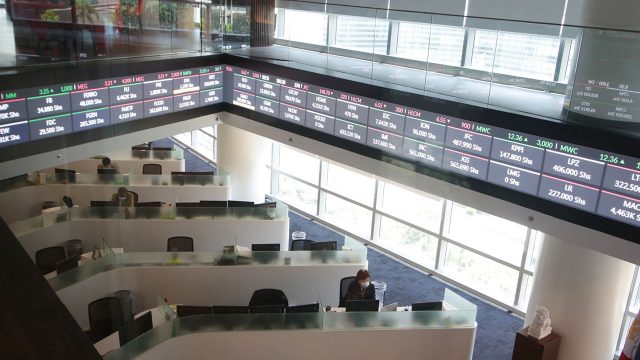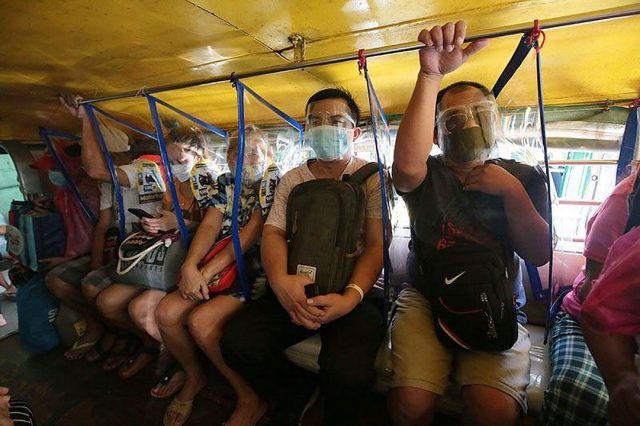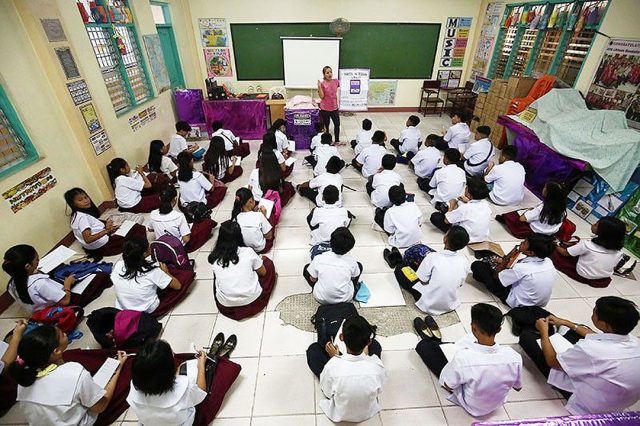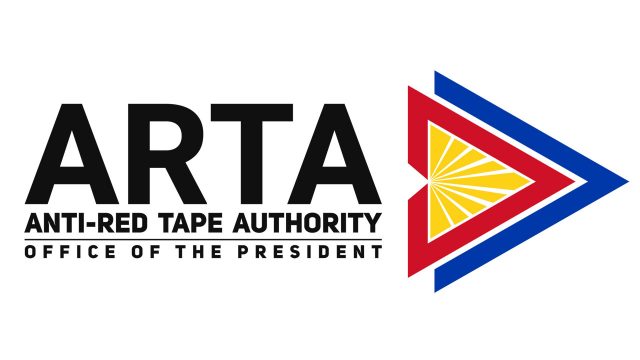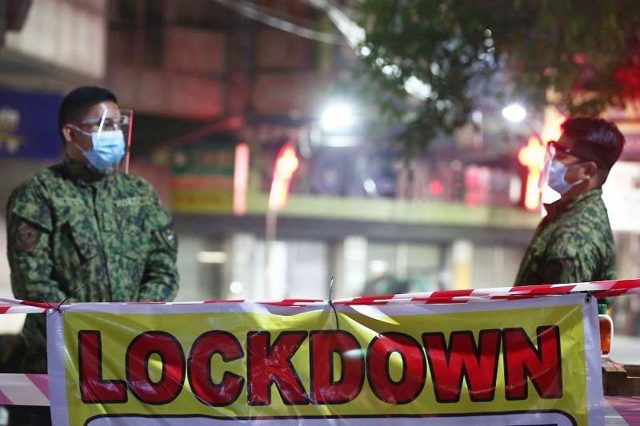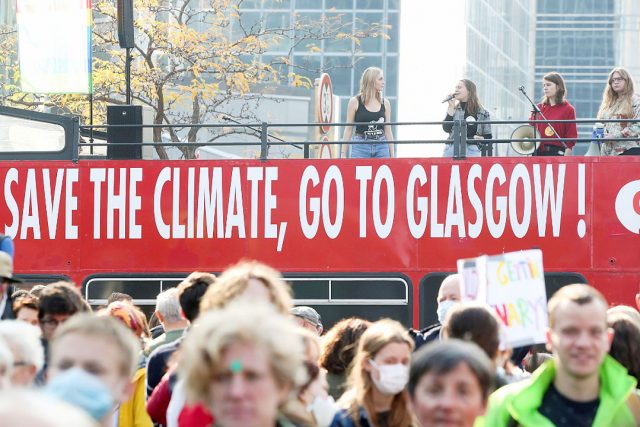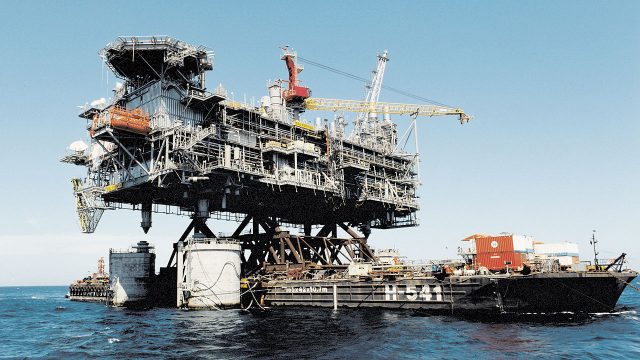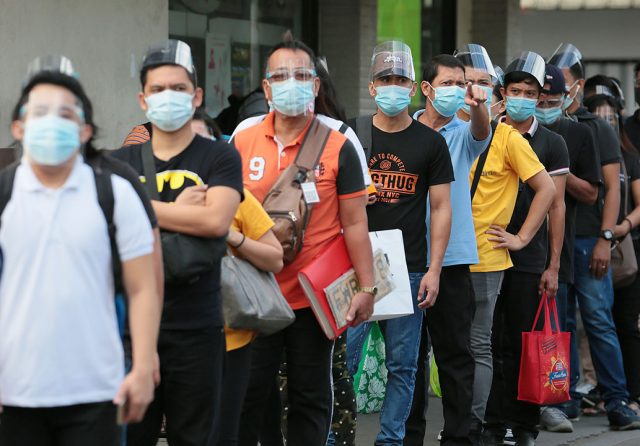By Arjay L. Balinbin, Senior Reporter
A TRANSPORT association said Tuesday that the Department of Transportation’s (DoTr) proposal to restore passenger capacity of public utility vehicles (PUVs) to 100% is long overdue, noting that some transport workers have been flouting the 50% limit for some time.
“Sobrang matagal na dapat na ginawa ng DoTr ’yan (The DoTr should have done this a long time ago),” Manibela National President Mar S. Valbuena told BusinessWorld in a phone interview. He was being asked to comment on the DoTr’s capacity proposal to the Inter-Agency Task Force for the Management of Emerging Infectious Diseases (IATF).
Mr. Valbuena said that “some” PUV drivers have not been following the 50% capacity limit set by the IATF.
“May mga iba na hindi talaga nakakasunod dahil nga sa hirap talaga ng byahe. Pangalawa ’yung kakulangan ng PUVs na masasakyan, naawa tayo doon sa ating mga pasahero na wala nang masakyan (Some transport workers have not been able to comply because of the difficulties they have encountered. They also take pity on passengers who cannot get rides because of the shortage of PUVs),” he said.
LTFRB Chairman Martin B. Delgra III said at a virtual briefing: “We are looking at having to address the viability of our public transport in light of the easing of the quarantine level, because we have to understand that we are still in the midst of a pandemic; therefore, any calibration or recalibration of the rules, in so far as capacity is concerned, will have to pass through and be discussed by the IATF.”
The DoTr is ready to pitch its 100% capacity proposal to the IATF Thursday, Transportation Assistant Secretary Mark Steven C. Pastor said in a statement.
“Pwedeng maging 100% (Capacity can rise to 100%) based on the medical literature that is available,” he said.
Mr. Valbuena said restoring capacity to 100% will help PUVs deal with rising fuel prices, because the government has not allowed fare increases.
“Metro Manila is the ideal place to test the proposal considering that 81.4% of its population is now fully vaccinated against COVID-19 (coronavirus disease 2019). In addition, public utility jeepneys and buses operating in Metro Manila are well-ventilated,” the DoTr said in a statement.
But Mr. Valbuena said more PUVs should operate to address demand.
“Ang total lang na nakakabyahe ngayon nasa 43,000 na (traditional) jeepneys, nasa 4,000 na modern jeepneys, and then ’yung UV Express nasa 6,000 pa lang (only 43,000 traditional jeepneys are operating, as well as 4,000 modern jeepneys and 6,000 UV Express units),” he said.
In a phone message to BusinessWorld, Transportation Assistant Secretary Goddes Hope O. Libiran said, citing data from the LTFRB, that 85% of PUVs are operating.
“’Yung mga hindi nakakabyahe, ‘yan ’yung may mga overlapping routes na (The ones not on the road may have not been counted due to overlapping routes),” she said.
“To be clear, hindi tayo nagbawas ng supply sa public transport. Lahat ng tumatakbo under General Community Quarantine (GCQ), tumatakbo ngayon (Public transport supply has not been reduced. Every vehicle eligible to operate under GCQ is now operating). Trains, buses, jeepneys, taxis, UV Express, tricycles, TNVS (transport network vehicle services), and even motorcycle taxis,” she said.
Ms. Libiran pointed out that the only challenge is the number of buses operating along the EDSA busway.
Last week, the LTFRB issued show-cause orders against two consortiums operating along the EDSA busway “for failing to deploy sufficient numbers of buses and amid ‘persistent reports’ of non-payment of drivers’ and conductors’ salaries despite having received payments for the Libreng Sakay Program,” the DoTr said in a recent statement.
“Nakikita natin sa EDSA, naghihintay ang mga pasahero at pagkahaba haba ng pila. Gusto natin makauwi ng maaga ang ating mga pasahero para maiwasan ang transmission. Kung mas maraming masasakyan mas maaga silang makakauwi (The lines of waiting passengers are very long on EDSA. What we also want is to bring people home early so transmission is avoided. The more people who can rise, the earlier they can get home),” Mr. Valbuena said.
Ms. Libiran said more than 550 buses are authorized to run along the EDSA busway; but at certain times last week, less than 200 were deployed.
After the agency’s warning to bus companies, Ms. Libiran said there are now 350 buses operating along EDSA.
FUEL SUBSIDY
The LTFRB’s Mr. Delgra also clarified Tuesday that only the drivers of public utility jeepneys or PUJs will benefit from the P1-billion cash aid to be released by the government in support of the transportation sector to offset the increasing prices of fuel products.
“Para sa PUJ sector lang po ito… Ibig sabihin mas malaki pa ang maibibigay sa kanilang hanay (We are limiting distribution to PUJs so they get bigger amounts),” he said.
“Pinakamalaking porsyento ng PUVs ay nasa PUJs… Mas malaki po ang ridership nila kasi predictable ang demand at malalaki ang kapasidad nila (PUJs make up the biggest share of PUVs, which have high ridership because demand is predictable and the units are high capacity),” Mr. Delgra said.
In a statement Monday, the DoTr said: “We assure the Development Budget Coordination Committee (DBCC) that the released amount pursuant to Section 82 of the TRAIN Law, will be distributed as cash grants to qualified and bona fide PUV drivers for the remaining months of this year.”
Global oil prices rose Monday due to strong fuel demand in the US and other economies rebounding from the pandemic, Reuters reported. Brent crude futures rose 56 cents or 0.7% to $86.09 a barrel.
Philippine pump prices rose for a ninth straight week as oil companies raised gasoline prices on Monday by P1.15 per liter (/L), with diesel prices rising P0.45/L.


